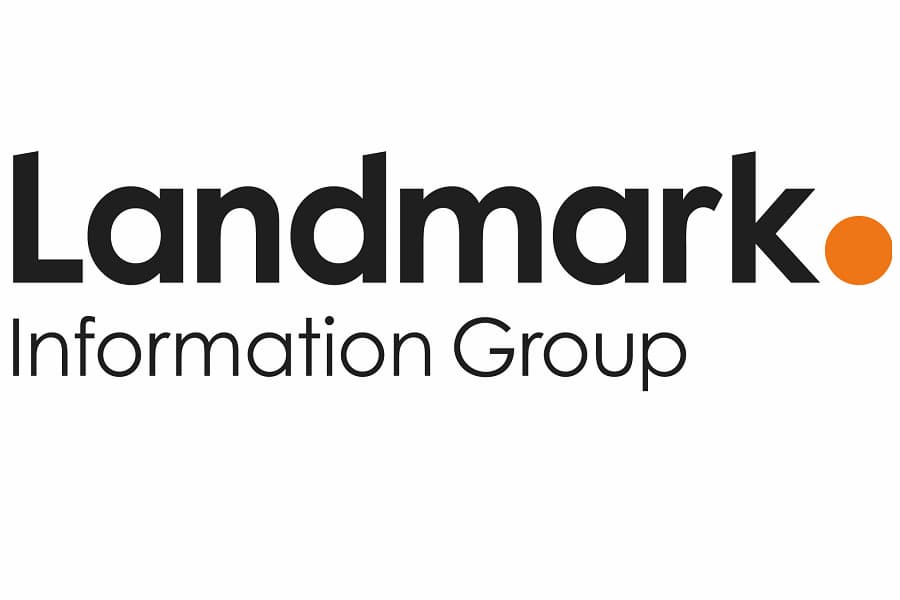HM Land Registry are returning fewer requisitions in the third quarter of 2019 as law firms become more adept at providing accurate information.
Between July and September, 12.9% of all applications resulted in a requisition from HMLR. Whilst the data suggests that more needs to be done to ensure fewer home purchases are delayed because of returned applications, this figure represents an almost 2% improvement on the 14.75% return rate from the opening quarter of 2019 and the 13.3% requisition requests from the final half of 2018.
Back in 2017/18 HMLR set out its business strategy aims for 2017-21, including providing transparency for home buyers. HMLR have claimed that by publishing a clear list of the top 500 companies using HMLR’s services incorrectly or inaccurately, home buyers can establish why their home move may be experiencing delays.
Whilst the figures may seem fairly indecipherable, they indicate that requisitions are substantial and will cause significant delays and increase costs in the registration process.
Between July and September 2019, a total of 853,514 applications were made to HMLR. Of that number, 110,896 requisitions were returned because the information provided was incorrect, inaccurate or failed to offer the relevant detail.
Although some major conveyancing firms and lenders such as Abbey National were able to send thousands of requests to HMLR without receiving a single requisition, some organisations still have a bounce back rate of over 50%.
Overall, the information was broken down by application types including register updates, first registrations, new leases and transfers of parts.
For the third quarter of 2019, 784,265 register update applications were made to HMLR with 81,525 requisition applications returning to source. This represents a 10.4% return rate; representing a fall of over 1% from the 11.7% bounce back rate in the opening half of 2018.
Between July and September, 27,839 dispositionary first lease (DFL) (new lease) applications were made with 14,832 requests for information being sent back; a bounce back rate of over 50%.
In 2018, the return rate for this type of application was 49.6% and in the opening quarter of 2019, this figure had increased to 54.5%. Whilst the 53% return rate in the third quarter suggests improvements are being made, more accuracy is needed.
20,979 transfer of part (TP) applications were sent to HMLR in Q3 with 11,205 requisitions being sent back to the firms to provide greater clarity. This indicates a return rate of 53.4%.
Although there were more than 7,000 fewer applications in the third quarter of the year, the return rate suggests a noticeable increase on the 49.2% recorded in Q1 2019 and 47.4% return rate from the final half of 2018.
3,334 of the number of first registration (FR) applications lodged by customers in the third quarter data, which totalled 8,787 applications, were returned for improvements. The bounce back rate of 37% represented an increase on the 34% of requisitions returned in Q1.
HMLR were clear that in some cases these requisitions were not the fault of the conveyancer, but the registry exercising rule 17 of the Land Registration Rules 2013 to elicit more information.
Are these requisitions avoidable? Do conveyancers need to become more accurate in order to ensure a smoother and faster application process?
This article contains HM Land Registry data © Crown copyright and database right 2019. This data is licensed under the Open Government Licence v3.0.
Explanation of the data set. Please find the data from July to September 2019 here





















One Response
LR’s strategy seems to be working for the benefit of all but is likely to come up against a hardcore of transgressors sooner or later
All firms should have their record made public so that prospective clients can avoid repeat offenders.
Failure to follow LR guidance should be seen as unprofessional conduct and pursued by regulators. LR’s blog site shows the stress that poor applications can cause clients. This is not a good advertisement for conveyancers.